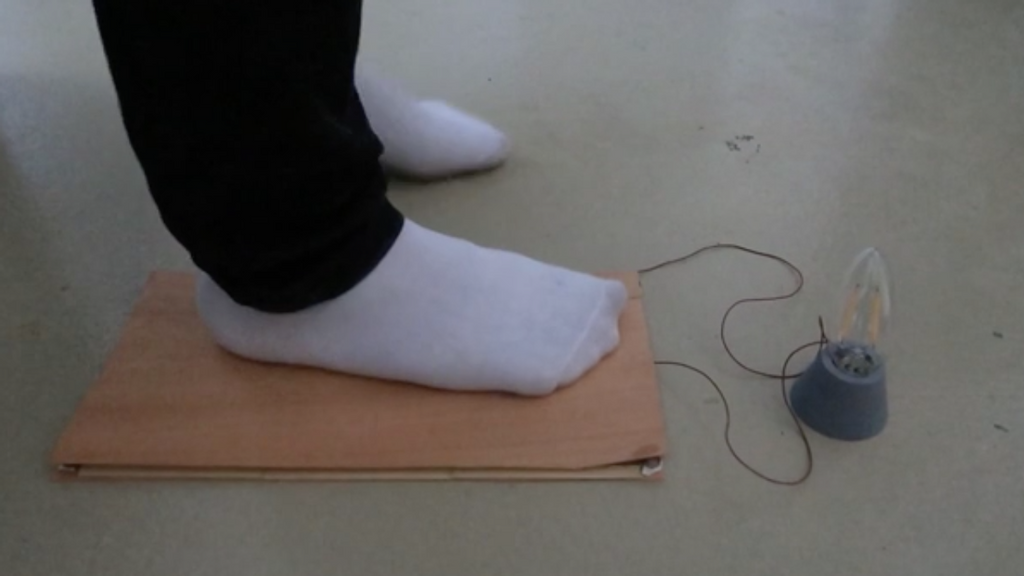Wood flooring may soon become an energy source as researchers have found a way of turning foot traffic into electricity.
Swiss scientists have developed a nanogenerator, which uses wood coated with silicone and embedded nanocrystals to generate enough energy to power an LED light bulb or small electronic device, such as a calculator.
The system, described in a Sept. 1 paper published in science journal Matter, is based on the triboelectric effect, which is what causes a sock to cling to other laundry because of an electrical charge. When electrons transfer from one object to another, electricity is generated. However, the researchers found that wood performs poorly for static cling.
“Wood is basically triboneutral,” said Guido Panzarasa, the paper’s chief author, who teaches at Swiss Federal Institute of Technology in Zürich and Swiss Federal Laboratories for Materials Science and Technology in Dübendorf. “It means that wood has no real tendency to acquire or to lose electrons.” This limits the material’s ability to generate electricity, “so the challenge is making wood that is able to attract and lose electrons,” he said.
“The ultimate goal is to understand the potentialities of wood beyond those already known and to [produce] wood with new properties for future sustainable smart buildings,” said Panzarasa. The team aims to improve the nanogenerator with coatings that are more environmentally friendly and easier to apply.
“Even though we initially focused on basic research, eventually, the research we do should lead to applications in the real world,” said Panzarasa.
In testing the triboelectric properties of various types of wood, Panzarasa and his colleagues coated one wood sample with polydimethylsiloxane (PDMS) silicone, which attracts electrons on contact, and grew nanocrystals on another wood sample. These zeolitic imidazolate framework-8, or ZIF-8, nanocrystals form a network of metal ions and organic molecules that tends to lose electrons.

The researchers found that radially cut spruce provided the best scaffold for the PDMS coating. The treated wood boosted the triboelectric nanogenerator’s performance, producing 80 times more electricity than natural wood. The device’s electricity output was also stable for up to 1,500 cycles.
“Our focus was to demonstrate the possibility of modifying wood with relatively environmentally friendly procedures to make it triboelectric,” said Panzarasa. “Spruce is cheap and [easily] available and has favorable mechanical properties. The functionalization approach is quite simple, and it can be scalable on an industrial level. It’s only a matter of engineering.”
When walked on by a human adult, the wood flooring prototype with a surface area slightly smaller than a letter-sized piece of paper successfully lit up a light bulb, turning footsteps into electricity.
The newly developed nanogenerator preserves the mechanical robustness and warm colors of the wood while remaining efficient, sustainable and scalable. It may also absorb carbon dioxide from the environment during the material’s useful life, thereby mitigating its contribution to climate change. These features may lead to the use of wood nanogenerators as a source of green energy in future smart buildings.
Edited by Siân Speakman and Kristen Butler
The post This Wood Flooring Generates Energy By Being Walked On appeared first on Zenger News.

